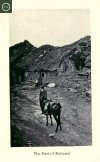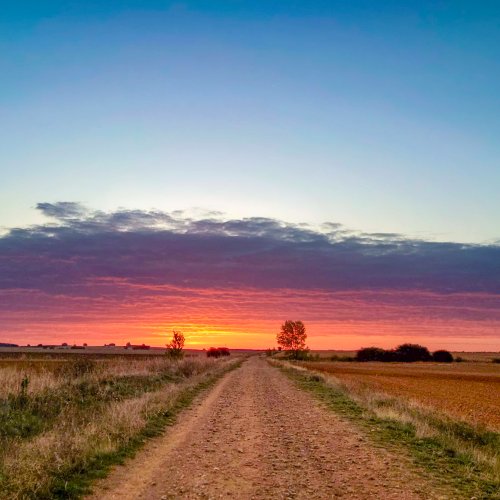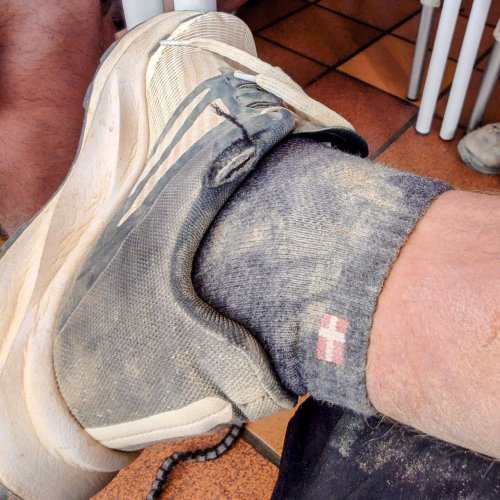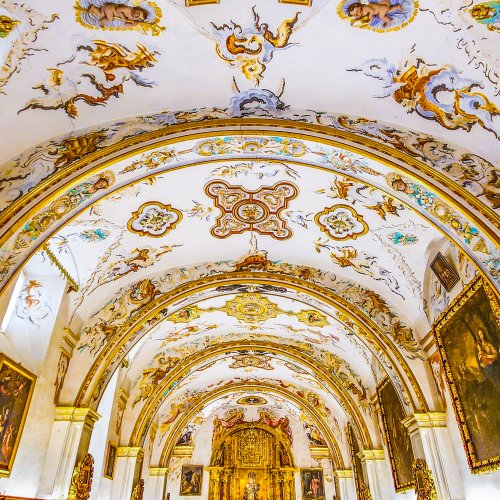JabbaPapa
"True Pilgrim"
- Time of past OR future Camino
- 100 characters or fewer : see signature details
Some Camino associations have restored a 45-minute 1951 documentary on the Camino, which seems to be French :
https://www.elcorreogallego.es/soci...ental-o-camino-santiago-frances-90141162.html
The pilgrims seemed to have used the Codex Calixtinus as a primary source for their itinerary.
They describe the film as descriptive of the first period of modern Camino revival in the 1950s, led by some French intellectuals -- though I'd personally comment that in the Holy Years of the 1930s to 1950s, there were already groups of Spanish foot pilgrims doing similar.
It seems they are planning to post the documentary onto Youtube.
In the same event, the associations presented a 3-volume 1917 English-language Camino "guidebook" by US author and medievalist and peregrina Giorgiana Goddard King, published in 1920, currently being translated into Spanish.
There's a brief review of the book here (in French) : https://www.persee.fr/doc/hispa_0007-4640_1926_num_28_1_2235_t1_0094_0000_2 Similar here : https://www.persee.fr/doc/bec_0373-6237_1923_num_84_1_460637_t1_0378_0000_001
Looks rather interesting !!
Reprints of all three volumes are available on Amazon, not expensive.
The description for volume 2 includes :
Completed in 1917, this three-volume masterpiece is a wide-ranging exploration of the history, literature, legends, and architecture of the Camino de Santiago. It is based on Professor King's "three years wanderings" on foot and by cart, mule, and other conveyance on the Spanish pilgrimage road, and on extensive academic research with particular emphasis on medieval art and architecture. Professor King was both a well-respected scholar and a keen observer of her surroundings. As a result, she has given us a fascinating, detailed description of both life and architecture on the Camino de Santiago nearly 100 years ago.
The books seem to be part Camino mémoir, part "guidebook" in the older sense of the term, i.e. something to read in preparation not carry with you on the Way, part historical notes on the cities, towns, villages and monuments along the Francès between SJPP and Santiago.
And yes, SJPP as the "starting point" even in the 1910s, so that it would seem that this notion is not a recent invention.
https://www.elcorreogallego.es/soci...ental-o-camino-santiago-frances-90141162.html
The pilgrims seemed to have used the Codex Calixtinus as a primary source for their itinerary.
They describe the film as descriptive of the first period of modern Camino revival in the 1950s, led by some French intellectuals -- though I'd personally comment that in the Holy Years of the 1930s to 1950s, there were already groups of Spanish foot pilgrims doing similar.
It seems they are planning to post the documentary onto Youtube.
In the same event, the associations presented a 3-volume 1917 English-language Camino "guidebook" by US author and medievalist and peregrina Giorgiana Goddard King, published in 1920, currently being translated into Spanish.
There's a brief review of the book here (in French) : https://www.persee.fr/doc/hispa_0007-4640_1926_num_28_1_2235_t1_0094_0000_2 Similar here : https://www.persee.fr/doc/bec_0373-6237_1923_num_84_1_460637_t1_0378_0000_001
Looks rather interesting !!
Reprints of all three volumes are available on Amazon, not expensive.
The description for volume 2 includes :
Completed in 1917, this three-volume masterpiece is a wide-ranging exploration of the history, literature, legends, and architecture of the Camino de Santiago. It is based on Professor King's "three years wanderings" on foot and by cart, mule, and other conveyance on the Spanish pilgrimage road, and on extensive academic research with particular emphasis on medieval art and architecture. Professor King was both a well-respected scholar and a keen observer of her surroundings. As a result, she has given us a fascinating, detailed description of both life and architecture on the Camino de Santiago nearly 100 years ago.
The books seem to be part Camino mémoir, part "guidebook" in the older sense of the term, i.e. something to read in preparation not carry with you on the Way, part historical notes on the cities, towns, villages and monuments along the Francès between SJPP and Santiago.
And yes, SJPP as the "starting point" even in the 1910s, so that it would seem that this notion is not a recent invention.
















